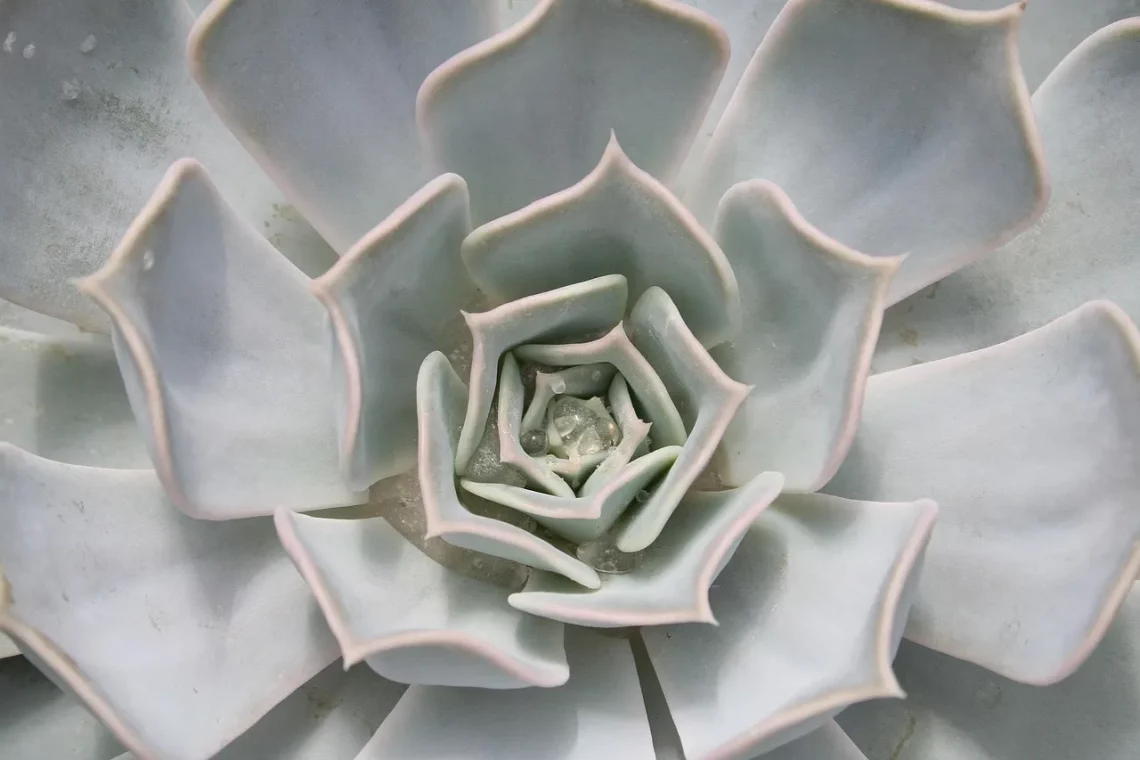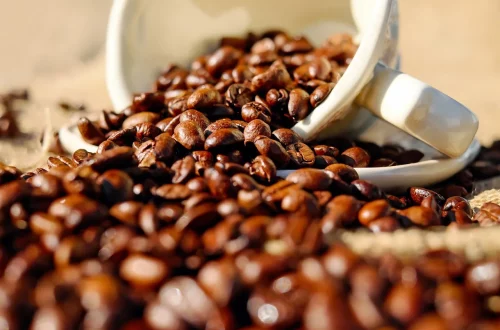
How Fast Do Bearded Dragons Grow? A Comprehensive Growth Guide
Bearded dragons are among the most popular reptiles kept as pets, and for good reason. Their unique appearance, docile nature, and engaging personalities make them fascinating companions. However, potential owners often find themselves wondering about the growth patterns of these intriguing lizards. Understanding how fast bearded dragons grow is crucial for providing the right care and habitat as they develop. Growth rates can vary significantly based on several factors, including genetics, diet, environmental conditions, and overall health.
It’s important to recognize that bearded dragons go through various growth stages, each with its own characteristics and requirements. From hatchlings to juveniles and finally to adults, their needs evolve as they grow. This knowledge can help owners create optimal living environments and feeding regimens tailored to each stage of their development.
In addition to basic care, tracking a bearded dragon’s growth can also be an enjoyable aspect of pet ownership. Observing the changes in size, coloration, and behavior can deepen the bond between owner and pet. As we explore the growth of bearded dragons, we will delve into the factors influencing their development, the stages of growth, and how to ensure they thrive throughout their life cycle.
Understanding Bearded Dragon Growth Stages
Bearded dragons undergo several distinct growth stages during their lives, each marked by unique characteristics and developmental milestones. The primary stages include hatchlings, juveniles, and adults. Each stage requires specific care and attention to ensure healthy growth.
Hatchlings are typically less than a year old and are usually around 8 to 10 inches long at the time of hatching. During this initial stage, they experience rapid growth, often doubling their size within the first few months. This is a critical period where proper nutrition and environmental conditions are vital. Hatchlings require a diet rich in protein, often consisting of insects like crickets and mealworms, alongside greens for balanced nutrition.
As they transition into the juvenile stage, typically between 3 months to 1 year of age, bearded dragons can grow to approximately 12 to 24 inches in length. This stage is characterized by a more varied diet, as they begin to consume a higher proportion of vegetables while still requiring protein sources. Juveniles are also more active and curious, which is essential for their development.
Finally, once bearded dragons reach adulthood, usually around 1 to 2 years of age, their growth begins to slow significantly. Adult bearded dragons typically measure between 18 to 24 inches long. At this point, their diet should stabilize, focusing on a mix of vegetables, insects, and occasional fruits. Understanding these growth stages not only helps owners provide the right care but also ensures that their pets develop healthily.
Factors Influencing Growth Rates
Several factors can significantly influence the growth rates of bearded dragons. These include genetics, diet, environmental conditions, and overall health. Understanding how each of these elements plays a role can empower owners to optimize their pet’s growth potential.
Genetics is one of the most significant factors determining a bearded dragon’s growth rate. Different morphs and lineages may exhibit varying growth patterns. Some may grow faster due to inherited traits, while others may take a little longer. Being aware of the specific genetic background of your bearded dragon can provide insights into what to expect throughout their growth journey.
Diet is another critical aspect influencing growth. A balanced diet rich in essential nutrients is necessary for healthy development. Young bearded dragons require a higher protein intake to support their rapid growth. A combination of live insects and fresh vegetables should be provided to meet their nutritional needs. Ensuring that the food offered is appropriately sized and varied can prevent potential health issues related to improper nutrition.
Environmental conditions such as temperature, humidity, and lighting also play a vital role in the growth of bearded dragons. Creating a suitable habitat that mimics their natural environment is essential for their well-being. Bearded dragons require a basking area with a temperature gradient to regulate their body temperature effectively. Inadequate heating or improper humidity levels can lead to stress, which may hinder growth.
Lastly, overall health cannot be overlooked. Regular veterinary check-ups and timely interventions for any health concerns are crucial for maintaining a bearded dragon’s growth trajectory. Parasite infestations, metabolic bone disease, and other health issues can drastically affect growth rates. Monitoring your pet’s behavior, eating habits, and physical condition can help ensure they remain healthy throughout their life.
Feeding Guidelines for Optimal Growth
Feeding your bearded dragon the right diet is paramount for supporting healthy growth. As mentioned earlier, the nutritional needs of bearded dragons change as they progress through their growth stages. Understanding these dietary requirements can help owners provide the best possible care.
For hatchlings, a high-protein diet is essential. Young bearded dragons should be fed a variety of small insects, such as crickets, roaches, and mealworms, several times a day. It’s crucial to ensure that these insects are appropriately sized to prevent choking. Alongside insects, offering finely chopped greens like collard greens, dandelion greens, and mustard greens can help introduce vegetables early on.
As bearded dragons enter the juvenile stage, the focus should shift to a more balanced diet. While insects remain a crucial part of their diet, the proportion of vegetables should increase. Feeding insects three to four times a week while providing fresh greens daily is a good practice. Additionally, offering supplements like calcium and multivitamins can support healthy bone growth, particularly important during this rapid growth phase.
Once they reach adulthood, the dietary regimen will continue to evolve. Adult bearded dragons require fewer insects, transitioning to a diet that consists of approximately 80% vegetables and 20% insects. This change is essential for maintaining a healthy weight and preventing obesity. Adult dragons can be fed insects two to three times a week, while ensuring a constant supply of fresh vegetables.
Water is another vital aspect of dietary needs. Bearded dragons do not drink from standing water sources but often hydrate through their food. However, providing a shallow dish of water can encourage them to drink. Mist spraying their habitat can also help maintain humidity levels, which is particularly beneficial for hydration.
Monitoring Growth and Development
Regularly monitoring the growth and development of your bearded dragon is crucial for ensuring their health and well-being. Observing changes in size, weight, and overall behavior can provide valuable insights into their growth patterns and help identify any potential issues early on.
One effective way to track growth is by measuring your bearded dragon’s length from snout to tail tip on a regular basis. Keeping a detailed record of these measurements can help you visualize their growth rate over time. Additionally, weighing your dragon periodically can offer insights into whether they are gaining weight appropriately. If you notice any sudden changes in weight or size, it may warrant a veterinary consultation.
Behavioral changes can also indicate growth progress. For example, as bearded dragons grow, they may become more active and curious, exploring their environment more frequently. Observing their eating habits is equally important; a healthy appetite is a positive sign of growth, while a sudden decrease in food intake may indicate an underlying issue.
Furthermore, keeping an eye on their shedding patterns can also provide clues about their growth. Bearded dragons typically shed their skin every few weeks, and this process may become more frequent during rapid growth phases. If you notice any irregularities in shedding or signs of retained shed, it might indicate a need to adjust their environmental conditions or diet.
In conclusion, monitoring your bearded dragon’s growth and development is essential for ensuring their health and happiness. By understanding their growth stages, nutritional needs, and behavioral changes, owners can provide the best possible care for their pets.
**Disclaimer:** This article is for informational purposes only and should not be considered medical advice. For any health concerns regarding your bearded dragon, please consult a qualified veterinarian.




